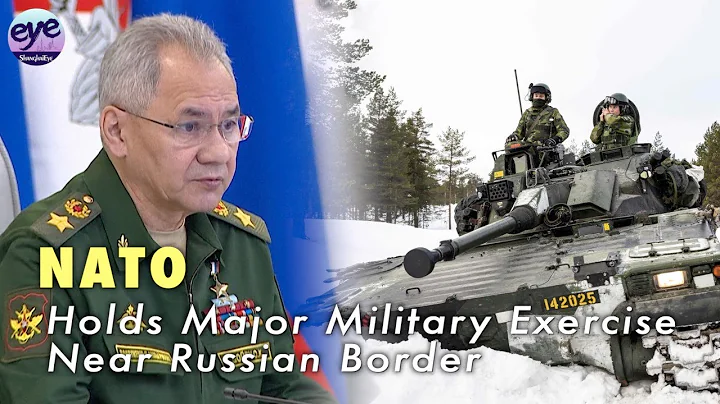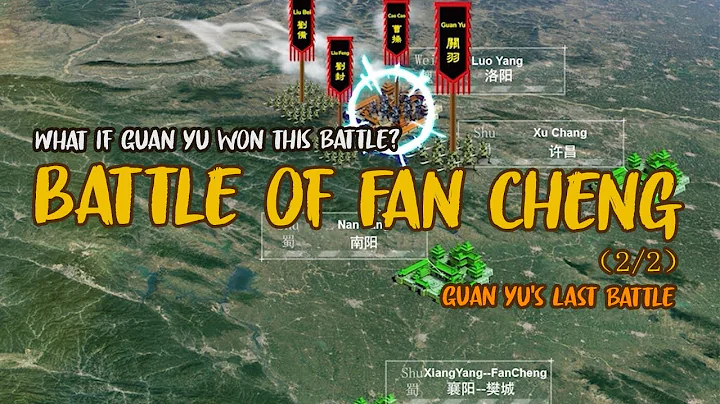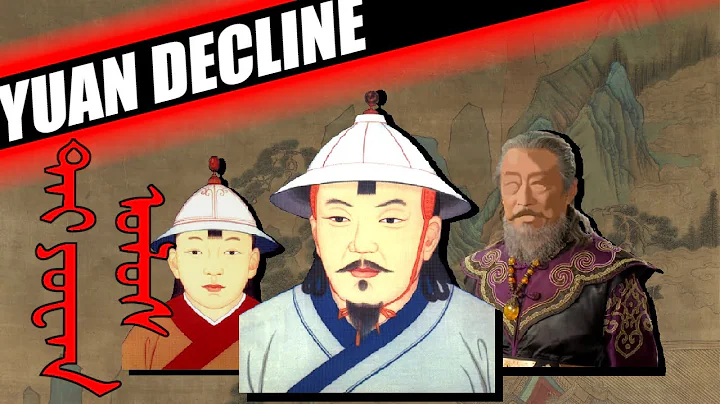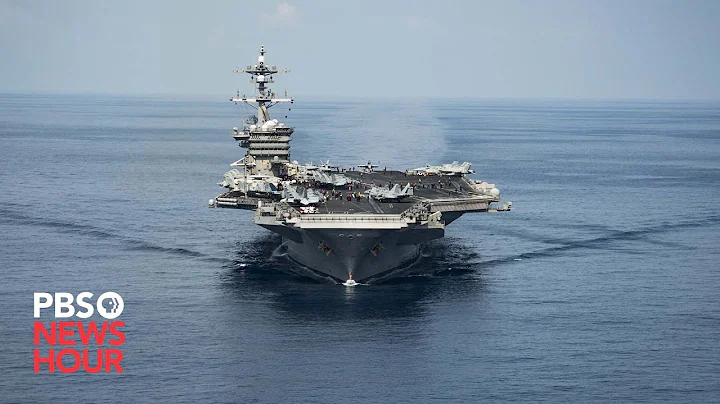
On the international stage, the tricolor flag of the Netherlands and the tricolor flag of Russia are often misunderstood. On more than one occasion, the Dutch flag and the embassy were destroyed. Why the Russian flag looks like the Dutch flag starts with the bad relationship between the Netherlands and Russia.

The Netherlands is very inconspicuous today, but it was famous in the 17th century. It was the top powerhouse in the fields of European army, navy and foreign trade, and was the white moonlight in the eyes of Tsarist Russia nobles. The Dutch Army has been competing with the Spanish Legion for more than 80 years, and has fought fiercely with Louis XIV for many years. The Dutch have rich combat experience. More importantly, Prince Maurice has opened a military school to teach military techniques to all non-heretics. (except Catholics).

Prince Maurice's tactics are simply to arrange the horizontal lines into three rows as units, staggering the horizontal lines front, rear, left and right like a chess board, to strengthen the army's firepower volley capability and to ensure that wages are paid on time (this is the most difficult thing). As a master of military science, Morris influenced the army tactics throughout the 17th century. Dutch army tactics and Swedish infantry tactics were the two most commonly used combat methods in continental Europe in the 17th century. During the British Revolution, both the royal army and the revolutionary army used Dutch tactics. Tsarist Russia also used Dutch tactics. Peter the Great invented the Russian-style queuing and shooting tactic (four rows) based on Morris's tactics, which put the Tsarist Russian army ahead of the Qing Dynasty at the same time.

In terms of navy, the Netherlands is also very powerful. The Netherlands defeated the Spanish Empire and it did far more damage to the Spanish Empire than the British destroyed the Armada . Dutch merchant ships were also engaged in "capital-free trade" on the four oceans. In 1602, they made a big deal of 2.5 million Dutch guilders, which immediately laid the foundation for the Dutch East India Company (the total expenditure of the Dutch navy at that time was only 300 million guilders). million guilders). The Netherlands and Britain fought three major naval battles. The Dutch fleet once rushed into the Thames River, which made the British lose face. Although the Netherlands later lost its maritime hegemony, the Dutch's maritime technology was still valued by other countries. Tsarist Russia's first three-masted sailboat was built with the help of the Dutch. Peter the Great even paid a private visit to learn Dutch shipbuilding technology.

In the fields of commerce and finance, the Netherlands was also the dominant country in the 17th century. In the 17th century, the Netherlands had more than 315,000 merchant ships, and its tonnage accounted for three-quarters of all European countries, 10 times that of the United Kingdom at the same time. The British only defeated the Dutch with the support of navigation regulations and naval hegemony. The Dutch also invented futures and stocks, and were the largest players in the European public bond market. During the Anglo-Dutch War, Dutch financiers were very professional and purchased large amounts of British government bonds. Empress Catherine When competing against the Ottoman Empire, the Dutch could still provide a full range of services to Tsarist Russia. Before Napoleon swept across Europe, the Dutch were still Europe's financial hegemons.

The Netherlands also had a huge impact on the economy and foreign trade of Tsarist Russia. Tula, the military-industrial center of Tsarist Russia, was the foundation laid by Dutch businessmen and Dutch workers. The Tula Arsenal was produced in two and a half years from September 2015 to January 1719. 66354 flintlock , the production capacity has exceeded one-third of the Manchu arsenal during the Westernization Movement. Dutch merchants monopolized the export of Arkhangelsk's flax, fur, wheat, oats, millet, peas, hemp, wood, tallow and other goods. These goods seem ordinary now, but in 17 , Russia was very important in the 18th century. The fur trade accounted for one-tenth of Tsarist Russia's fiscal revenue and was the biggest driving force for Tsarist Russia to annex Siberia. Timber is the first necessity for Western maritime powers to expand their strength, and grain trade is also an important financial source for Tsarist Russia. Therefore, in the eyes of Tsarist Russia, the Dutch represent the core technology of a rich country and a strong military.

The Dutch handed over naval and land warfare technology to Tsarist Russia, and gave Tsarist Russia financial support. The Dutch flag was also regarded by Peter the Great as a trade flag and was slightly modified and used. After the disintegration of the Soviet Union, this flag was a tricolor flag. It was even regarded as expired by Russia, so much so that many people today can’t tell the flags of Russia and the Netherlands apart.







![Dutch Army [Now VS Then] - DayDayNews](https://i.ytimg.com/vi/pIgImHOypUg/hq720_2.jpg?sqp=-oaymwE2CNAFEJQDSFXyq4qpAygIARUAAIhCGABwAcABBvABAfgBzgWAAoAKigIMCAAQARhlIGUoZTAP&rs=AOn4CLDAbIr2Nds1PTH_E5Qzhx-YSfdBVg)









![Why Nationalist China's X-Force Was CRUCIAL in Stemming Allied Bleeding in Burma [WW2] - DayDayNews](https://i.ytimg.com/vi/Q3WRn7rXxQg/hq720.jpg?sqp=-oaymwEcCNAFEJQDSFXyq4qpAw4IARUAAIhCGAFwAcABBg==&rs=AOn4CLDwp6SAhI77X6L4mm51QzY0HZSXyA)



